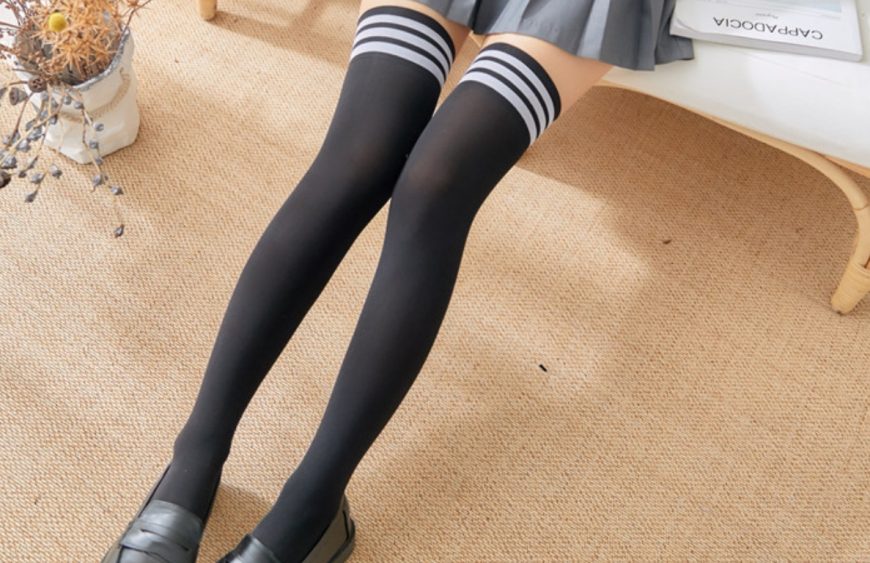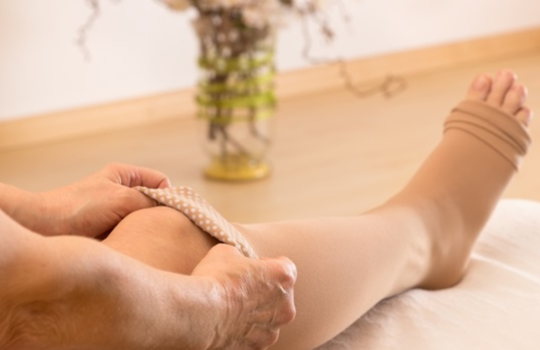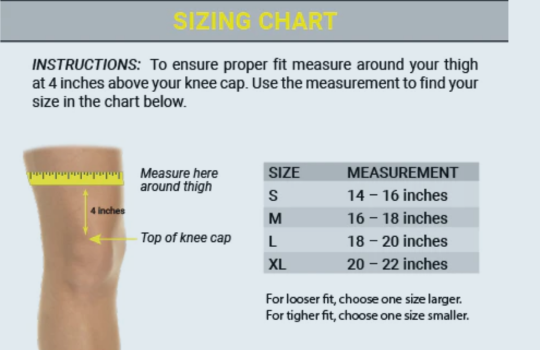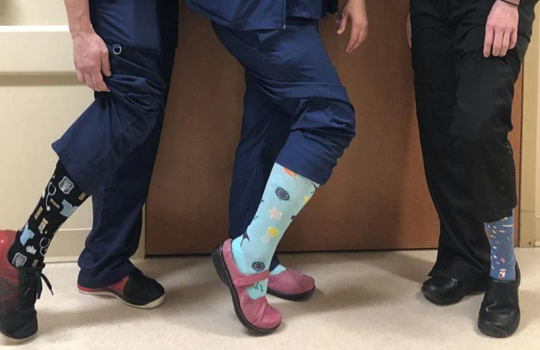Table of Contents
Introduction
Long socks are type of clothing that cover feet and extend up to knees or thighs. They are also known as knee high socks over knee socks or thigh high socks depending on their length. It have been worn for centuries by people of different cultures, genders and ages for various reasons such as fashion, comfort, warmth, protection or health.
Types of Long Socks
Many types of long socks are available in the market today, catering to different tastes, styles, and needs. Some of most common types are:
Plain long socks
These are simple and versatile socks in various colours and materials. They can be worn with any outfit and for any time.
Patterned long socks
These socks feature different designs, such as stripes, dots, checks, flowers, animals, etc. They can add some fun and flair to change your look.
Novelty long socks
These socks have humorous or quirky themes, such as cartoons, characters, slogans, etc. They can enhance your personality and mood.
Compression long socks
These socks apply pressure to your legs and feet, improving blood circulation and reducing swelling and fatigue. They can benefit people with medical conditions or who stand or sit for long periods.
Thermal long socks
These socks provide extra warmth and insulation for your legs and feet. They can be ideal for cold weather or outdoor activities.
Materials used to make long socks
Long socks can be made from various materials, each with advantages and disadvantages. Some of most common materials are:
- Cotton: This natural fibre is soft, breathable and durable. It can absorb moisture and keep your feet dry and comfortable. However, it can also shrink and lose its shape after washing.
- Wool: This is another natural fibre that is warm, cosy and resilient. It can regulate temperature and prevent odour. However, it can also be itchy, heavy and prone to pilling.
- Nylon: This synthetic fibre is smooth, stretchy and robust. It can resist abrasion and retain its colour and shape. However, it can also be slippery, shiny and less breathable.
- Polyester is another synthetic fibre that is lightweight, quick drying and wrinkle resistant. It can also mix well with other fibers to create different effects. However, it can be less permeable and more prone to static electricity.
Features of long socks
Long socks have various features that make them different from other socks. Some of most common features are:
- Length: This is the most apparent feature of socks. They can range from knee high to thigh high in size, depending on your preference and style.
- Cuff: This is part of sock that goes around top of your leg. It can be elasticated or ribbed to keep sock in place and prevent it from slipping.
- Toe: This is part of sock that covers your toes. It can be seamless or seamed to provide comfort and durability.
- Heel: This is part of the sock that covers your heel. It can be reinforced or cushioned to protect your heel from friction and wear.
- Arch support: This is a feature that some long socks have to provide extra support and stability for your arches. It can help prevent foot pain and fatigue.
What is the difference between short socks and long socks?
Socks are an essential component of our uniform. The selection of short or long socks is contingent upon various factors such as the occasion, climate, and personal inclination. It is key to take these aspects into account while making a decision.
These are some point for difference between short socks and long socks:
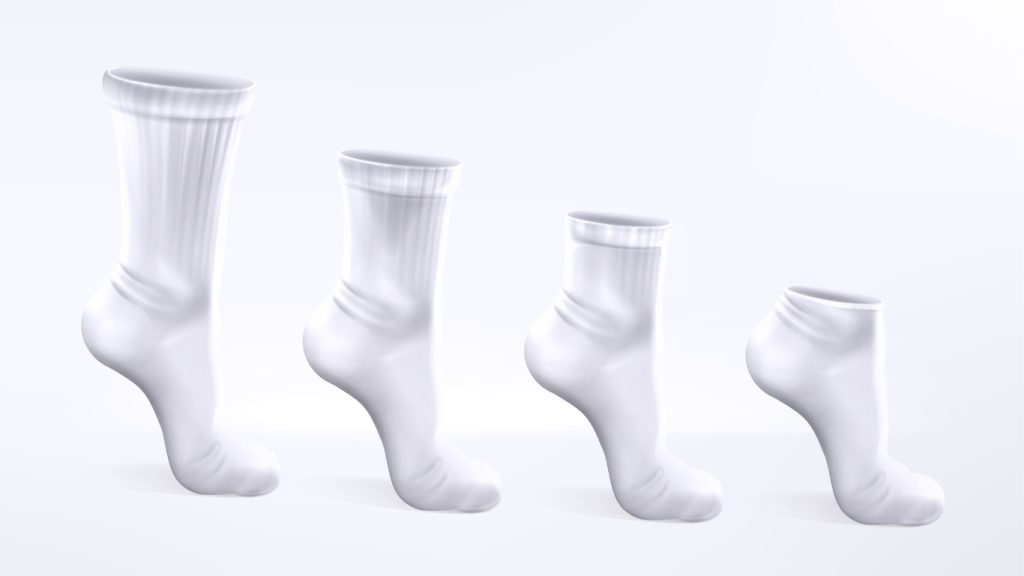
| Feature | Short Socks | Long Socks |
| Length | End at the ankle | Cover the calf and may go up to the knee |
| Style | Typically plain or patterned | Often have stripes, patterns, or designs |
| Materials | Cotton, wool, synthetic fibers | Cotton, wool, synthetic fibers, bamboo |
| Use | Warmth, fashion | Warmth, fashion, support |
| Occasion | Casual, athletic | Casual, athletic, dressy |
How Long Should You Wear Compression Socks?
Compression socks are specially designed garments that apply gentle pressure to your lower legs, ankles and feet. They help improve blood circulation, reduce swelling and prevent blood clots.
The answer depends on several factors, such as why you are wearing them, your type of compression socks and your comfort level. These are some general guidelines to help you decide how long to wear compression socks.
If you are wearing compression socks for medical reasons, such as varicose veins, lymphedema or deep vein thrombosis (DVT), you should follow your doctor’s advice on how long to wear them. Typically, your doctor recommends wearing them all day, from when you wake up until you go to bed. This will ensure that your blood flow is constantly supported and your symptoms are alleviated.
The type compression socks you have also affects how long you should wear them. Compression socks come in different levels pressure, measured in millimetres of mercury (mmHg) the higher pressure, tighter fit. Generally speaking, you should wear higher pressure and shorter duration.
For example, if you have mild compression socks (8-15 mmHg), you can wear them for more extended periods than if you have moderate (15-20 mmHg) or firm (20-30 mmHg) compression socks. It would help if you also considered material and thickness of your compression socks. Some fabrics are more breathable and comfortable than others, especially in hot or humid weather. Some compression socks are thicker and warmer than others, which may affect your comfort level.
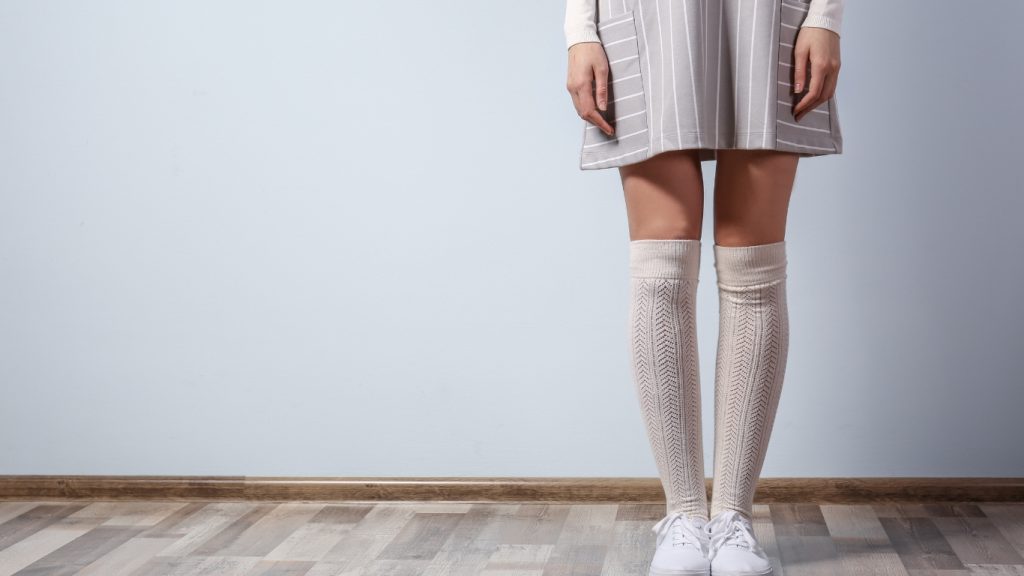
Conclusion
Long socks are type of clothing with a long and rich history, wide variety of types, materials, many features and difference between long cloth and small cloth. They can be a practical and fashionable item for anyone who wants to enjoy their benefits and express their style. Whether you are looking for plain, patterned, novelty, compression or thermal long socks, you can find them in many stores and online platforms. It is not just socks; they are a statement.

